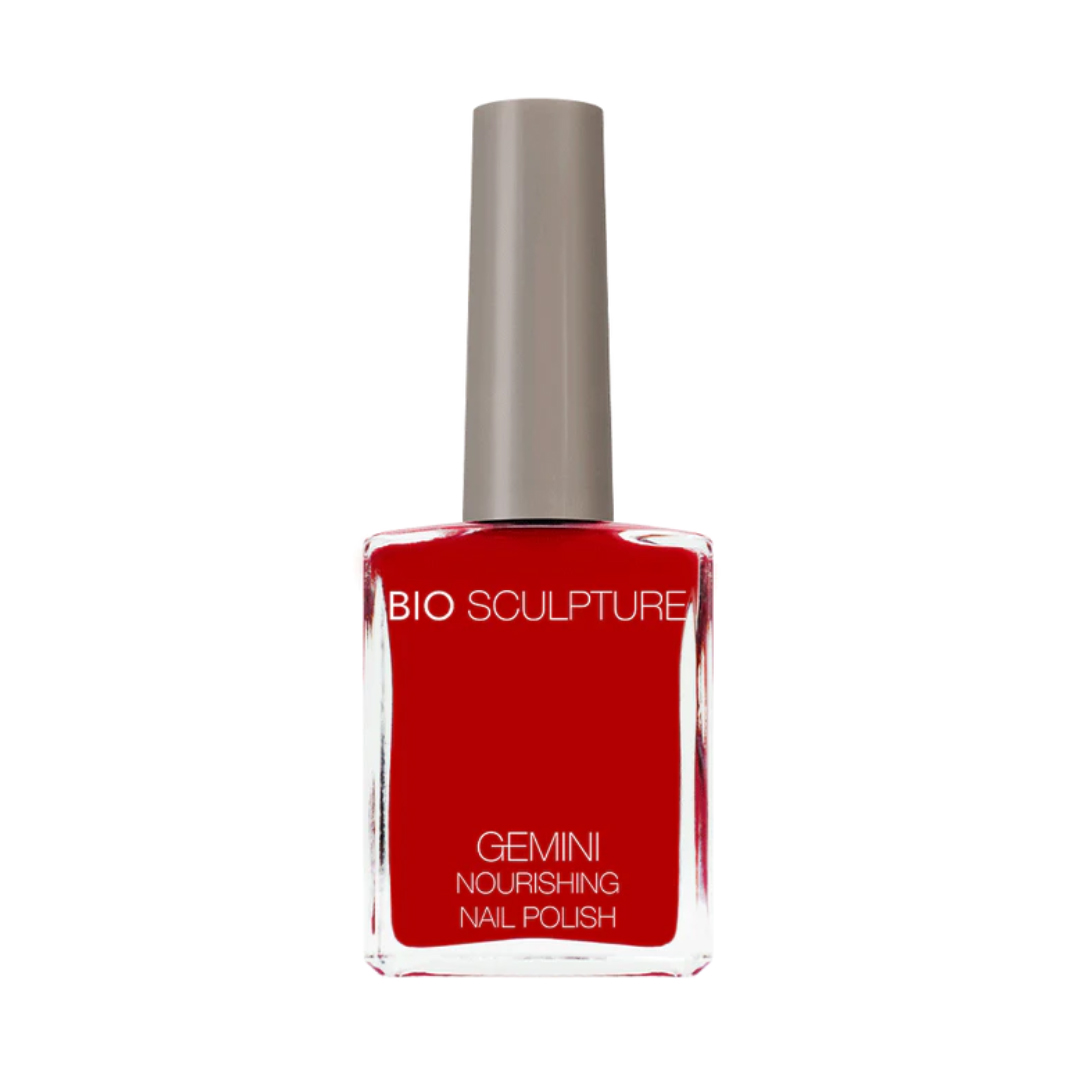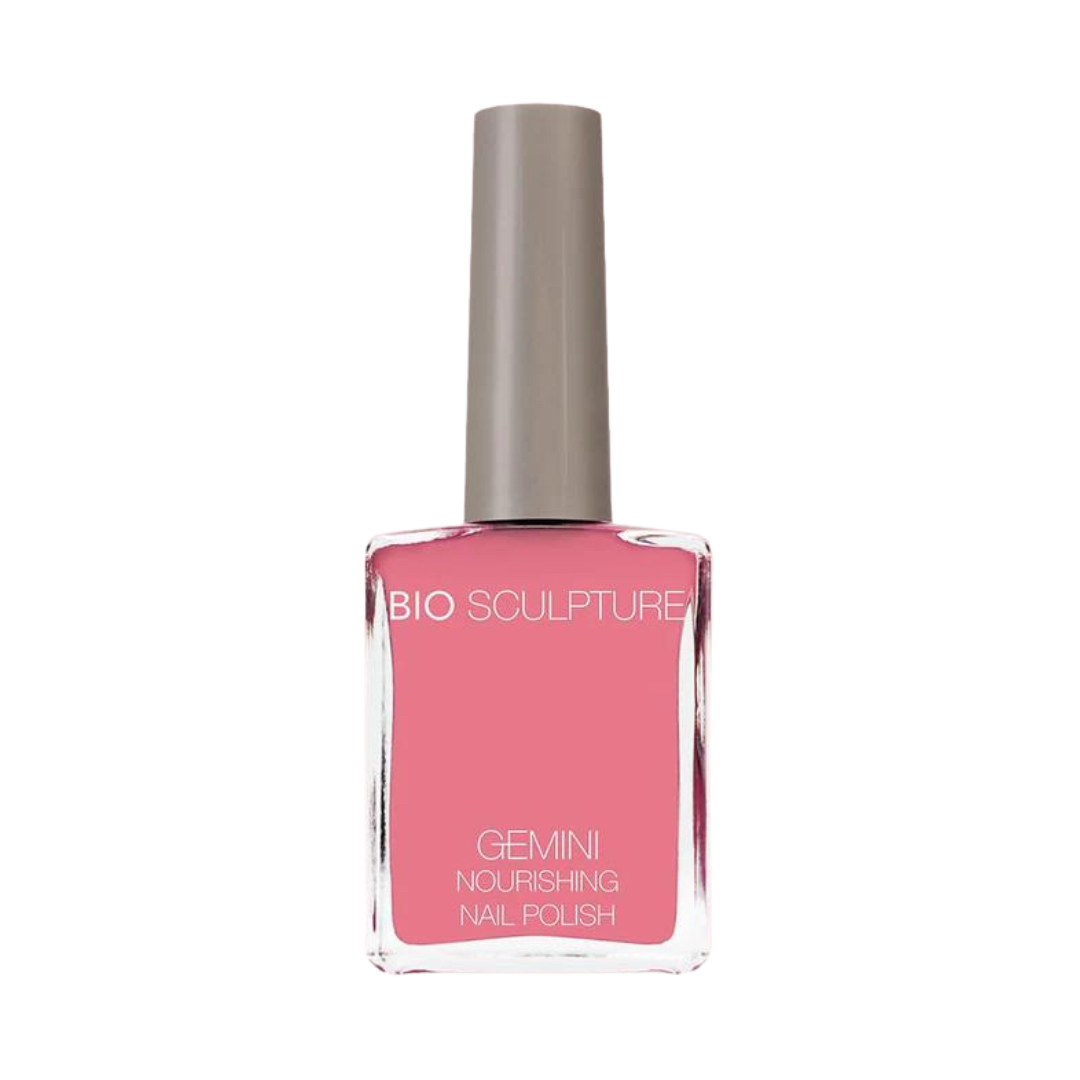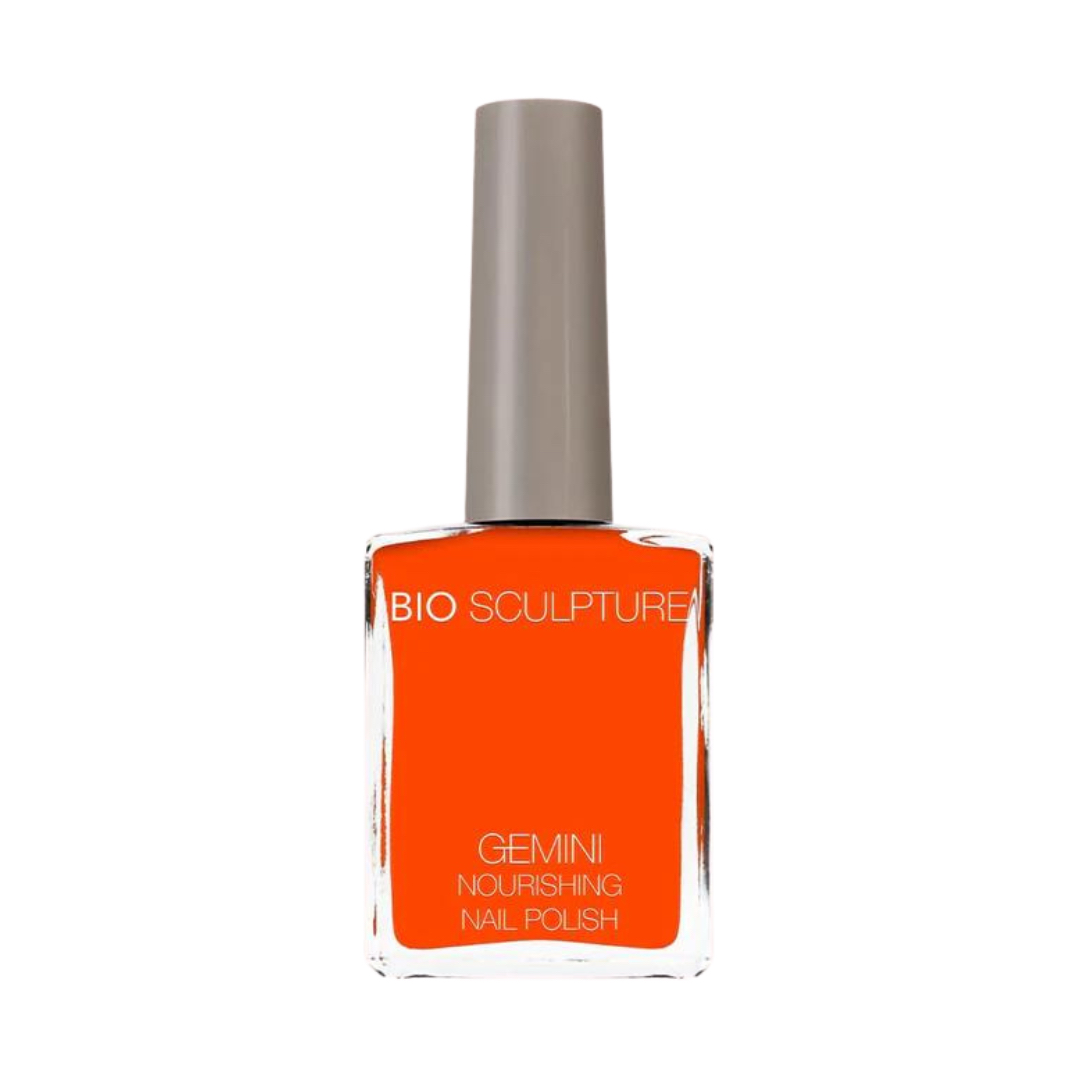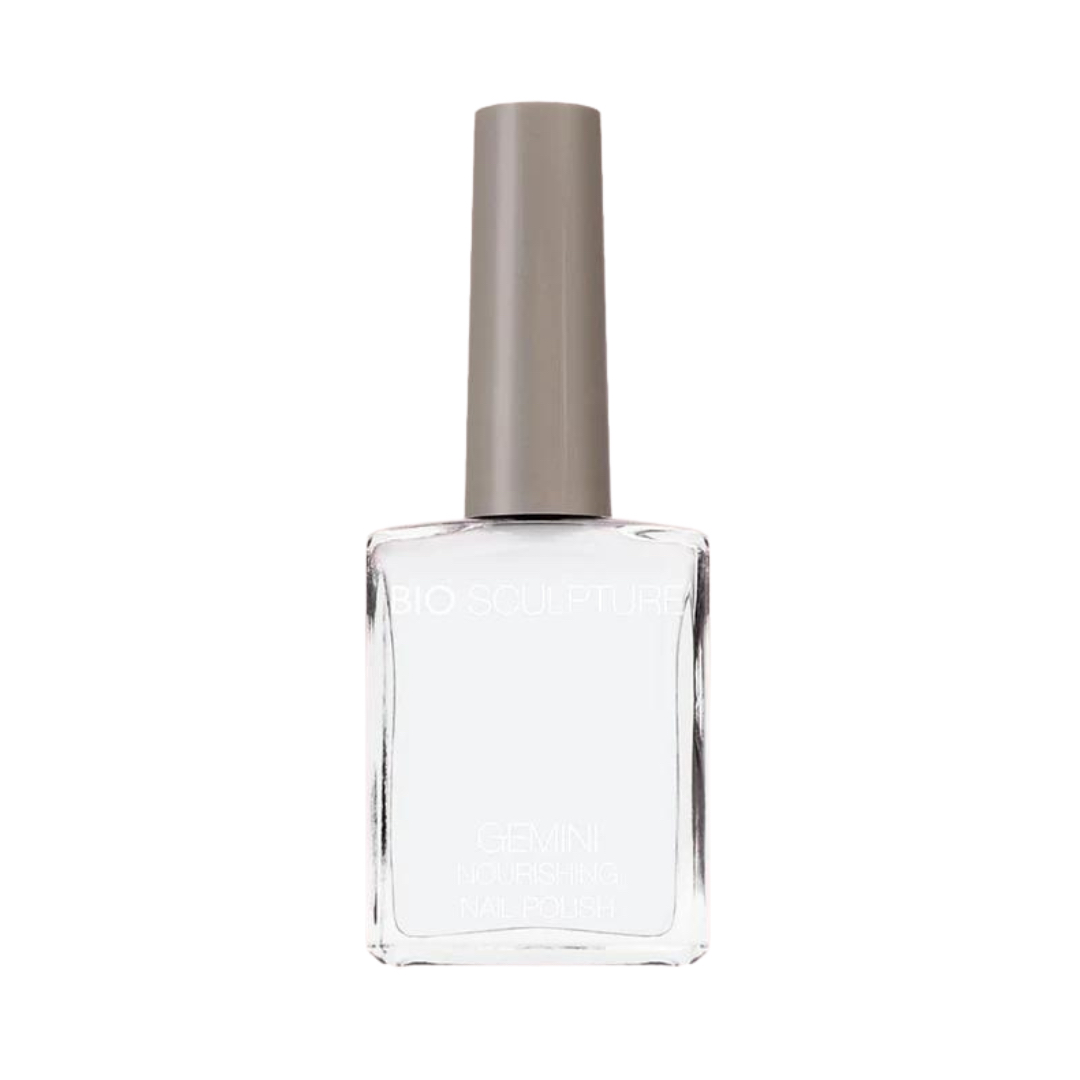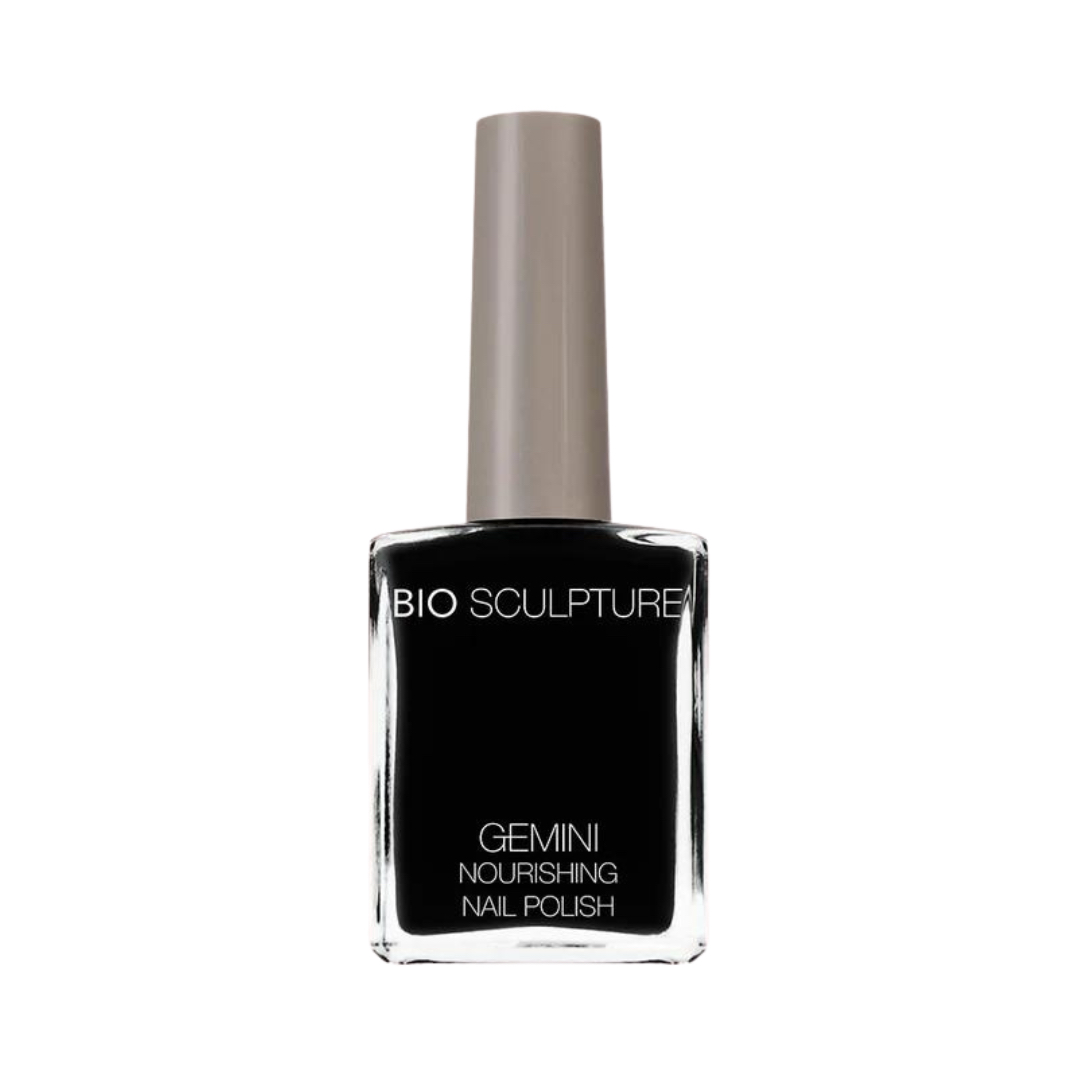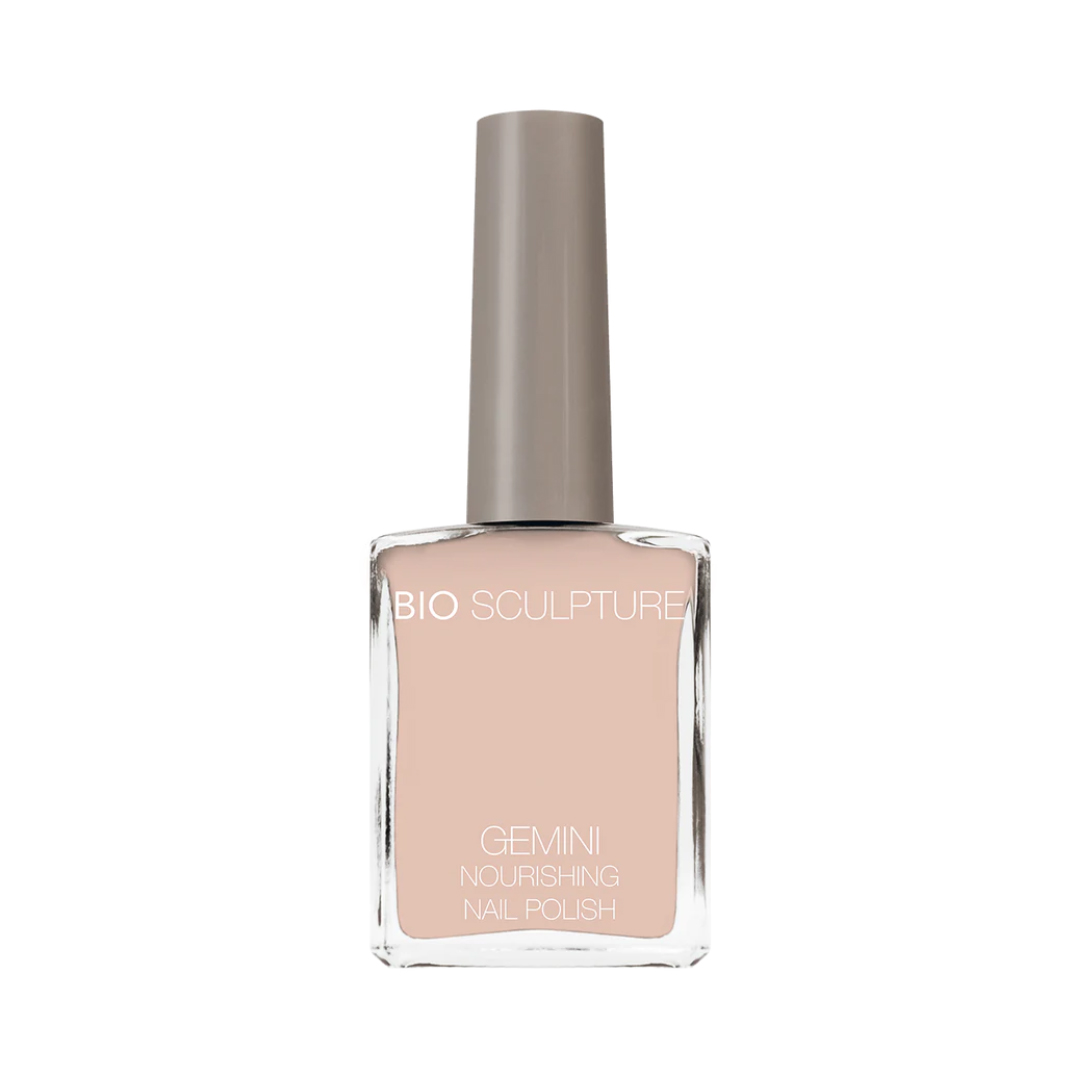This is the Rolls-Royce of manicures—and every beauty insider swears by it for a perfect, glossy finish
It really is *that* good
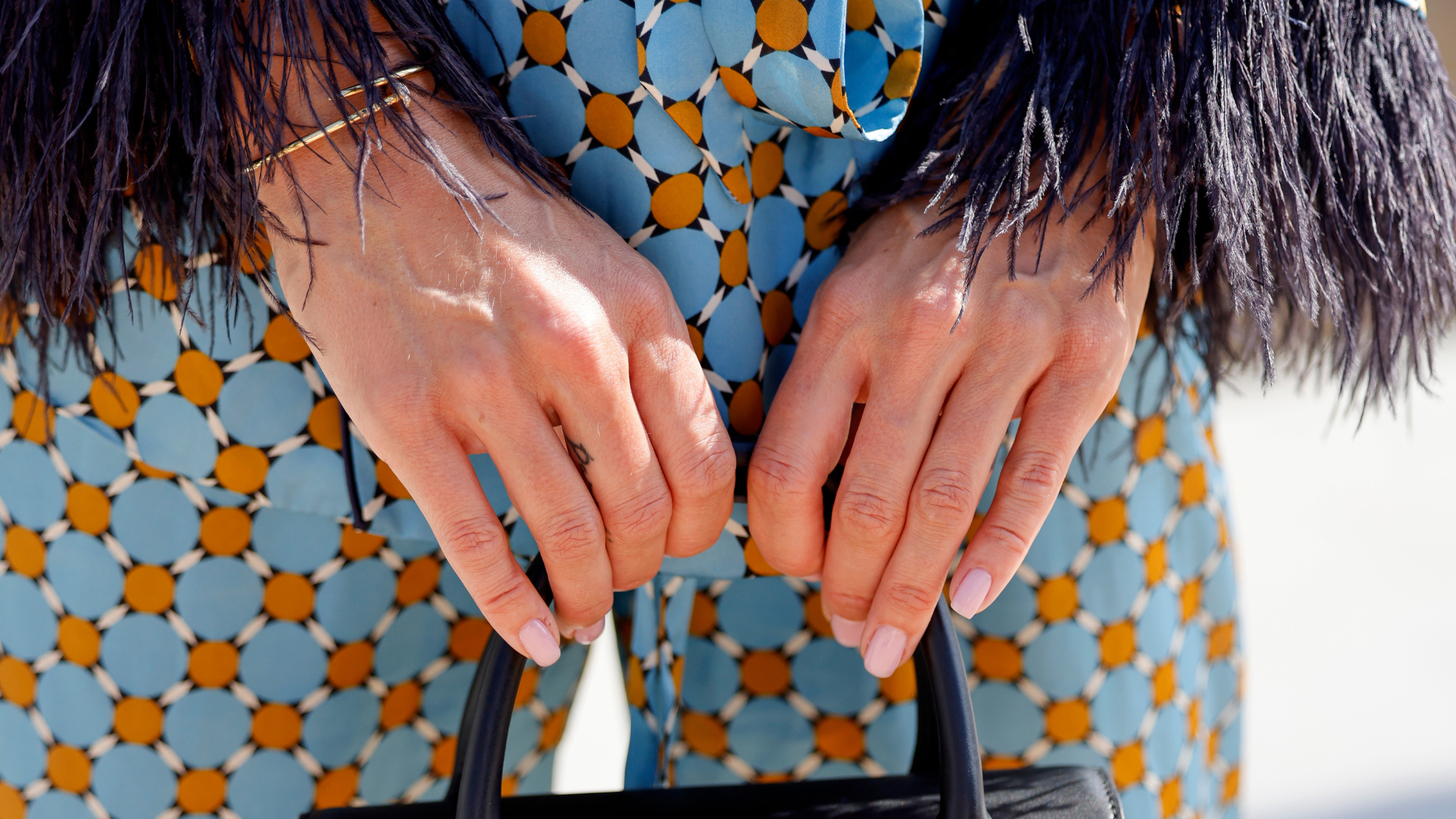
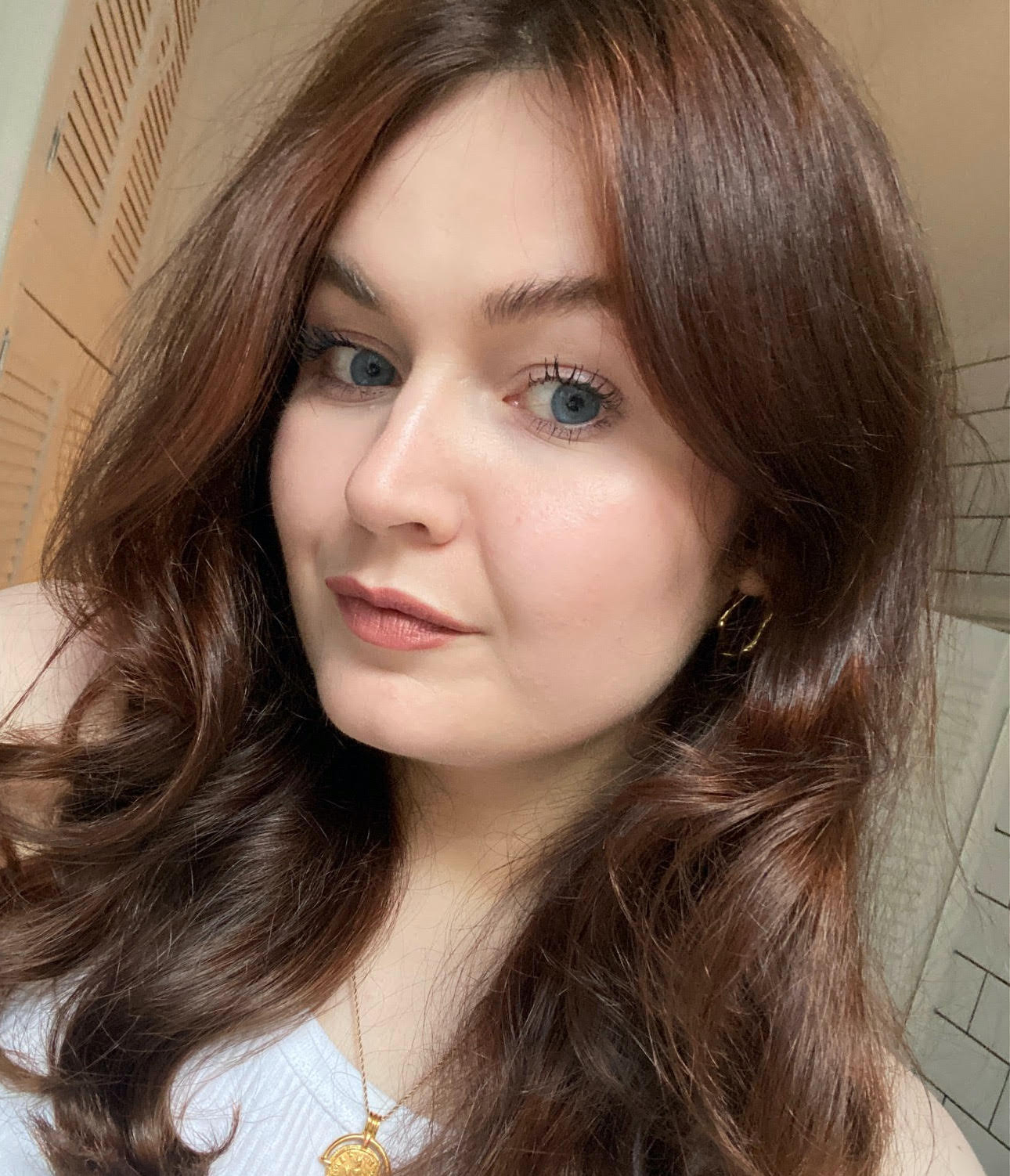
If you spend any time scrolling through social media and consuming beauty-related content, you’ve probably at least heard of Bio Sculpture nails. And as far as 2024 nail trends are concerned, there seems to have been a noticeable uptick in buzz around this service—particularly when it comes to the block-colour summer nail trends we're seeing reign supreme right now.
With the brand’s first gel products launching in the late eighties, Bio Sculpture isn’t a new service. But, in recent months, celebrity fans of the brand, along with beauty editors who have long adored it, have really put it in the spotlight. In fact, #biosculpture has amassed over 609k posts on Instagram. So, whether you simply want to understand how the service works or you’re considering booking in, ahead is everything you need to know before trying it yourself.
What is Bio Sculpture?
A Bio Sculpture manicure involves the application of a targeted base layer and gel polish, using the brand's products. What sets the manicure itself apart is that it’s quite a bespoke service. “The application process is customised to match the condition of your nails at the time of your appointment, embracing a prescriptive approach,” says celebrity manicurist Julia Diogo, one of Bio Sculpture’s top technicians.
In other words, your nail tech will assess the state of your nails and choose the appropriate treatment base layer. “Unlike any other gel brand, each Bio Sculpture manicure is meticulously tailored to match your unique nail health and type,” she adds. Diogo puts its popularity down to the longevity and the consideration for healthy nails.
Marie Claire UK Executive Beauty Editor, Shannon Lawlor also considers Bio Sculpture manicures to be in their own league entirely. "The thing that sets a Bio Sculpture manicure apart from the rest, for me, is the overall finish. I can spot one a mile off—immaculate cuticle work, perfectly applied polish that works with the natural nail, a luxurious high-shine finish and, of course, unparalleled longevity," she says.
The Bio Sculpture manicure, step by step
- First, your base treatment layer is applied, chosen depending on the health and condition of your nails. For example, the Lavender Base is designed for weak, damaged nails, while the Volcanic Base targets those prone to splitting.
- Then, a layer of Bio Sculpture's builder gel is applied and cured, providing some strength and durability.
- Next, your chosen colour of gel is applied and cured.
- Finally, the whole thing is locked in with top coat and cured.
Because the Bio Sculpture gel manicure is a professionally applied, longer-lasting service, it also requires safe and careful removal—i.e. it can't be removed with regular nail polish remover. As such, “If your preference is to change your nail look every couple of days, this may not be the right system for you," says Diogo. "However, if you seek long-lasting, healthy nails, this is the perfect choice."
How long do Bio Sculpture nails last?
According to the brand, a Bio Sculpture manicure can last for up to three weeks. With any manicure, being diligent with cuticle oil will help to keep your natural nails healthy and, as any nail tech will tell you, ensure your manicure lasts longer. Below are some of my favourite looks from Instagram to give you some visual shade inspiration.
Marie Claire Newsletter
Celebrity news, beauty, fashion advice, and fascinating features, delivered straight to your inbox!
Bio Sculpture inspiration
A post shared by Julia Diogo (@paintedbyjools)
A photo posted by on
A gorgeous seasonal bright shade, Poco Pop is a bold orange-red. We love it on square nails as seen here.
A post shared by Isabel May (@isabelmaynails)
A photo posted by on
Bio Sculpture has a brilliant range of pink shades to choose from, ranging from brights and deeper shades to more neutral options like this one.
A post shared by EFILE BIO SCULPTURE GEL MANICURE PEDICURE MOBILE LIVERPOOL (@chelseymillington)
A photo posted by on
Fun fact: Pillar Box Red was the first gel colour that Bio Sculpture launched back in 1990 and remains one of the brand's most popular options today. As you can see, it's a classic shade.
A post shared by Carmelina (@hicarmelina)
A photo posted by on
Here, the two shades Liquorice and A Night At The Opera have been mixed to create an almost-black shade of deep red.
A post shared by BIO SCULPTURE (@bio_sculpture_official)
A photo posted by on
Pastels aren't just for spring as these lavender nails prove, using the gel shade Carmen.
A post shared by BIO SCULPTURE (@bio_sculpture_official)
A photo posted by on
A neon pink manicure is a great choice for this time of year, elevating any outfit.
The best Bio Sculpture shades to shop now
As well as the professional gel products that are available to Bio Sculpture techs, the brand offers a range of traditional nail polish colours in most of the same shades. Below are some of the most popular colours in their regular formula counterparts for a DIY manicure.

Lucy is a freelance beauty editor and contributor at Marie Claire, and has also written for titles including Cosmopolitan, Refinery29, Glamour and woman&home. She was previously Marie Claire’s junior beauty editor. During her career, she’s covered everything from backstage beauty at fashion week to interviews with famous faces like Drag Race royalty and Little Mix. As for her beauty ethos, she’s a big advocate for not having to spend a fortune on beauty products to get good results. When she’s not got beauty on the brain you’ll probably find her reading or Netflix-ing.
-
 Spring has finally sprung - 6 best outdoor workouts that are totally free and boost both body and mind
Spring has finally sprung - 6 best outdoor workouts that are totally free and boost both body and mindSoak in the nature and boost Vitamin D *and* endorphins.
By Anna Bartter
-
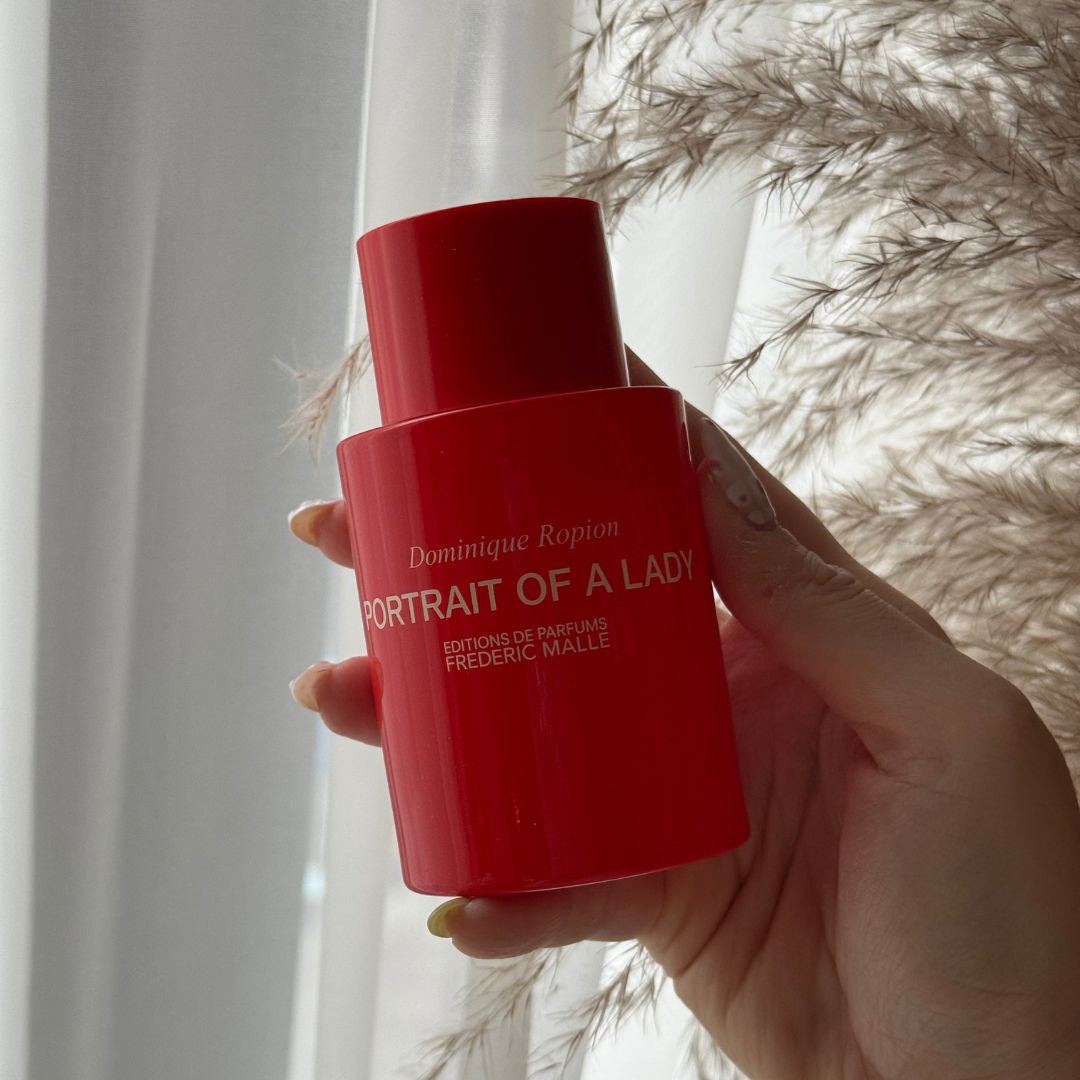 This iconic rose perfume is a compliment magnet—it makes me feel ‘put together’ after just one spritz
This iconic rose perfume is a compliment magnet—it makes me feel ‘put together’ after just one spritzGrown-up and elegant, yet not at all dated.
By Denise Primbet
-
 Prince William and Princess Kate's rare social media move is going viral
Prince William and Princess Kate's rare social media move is going viralBy Jenny Proudfoot
-
 This expensive-looking nail shade is a favourite of Selena Gomez—I predict it’s the colour of the season
This expensive-looking nail shade is a favourite of Selena Gomez—I predict it’s the colour of the seasonIt screams spring
By Nessa Humayun
-
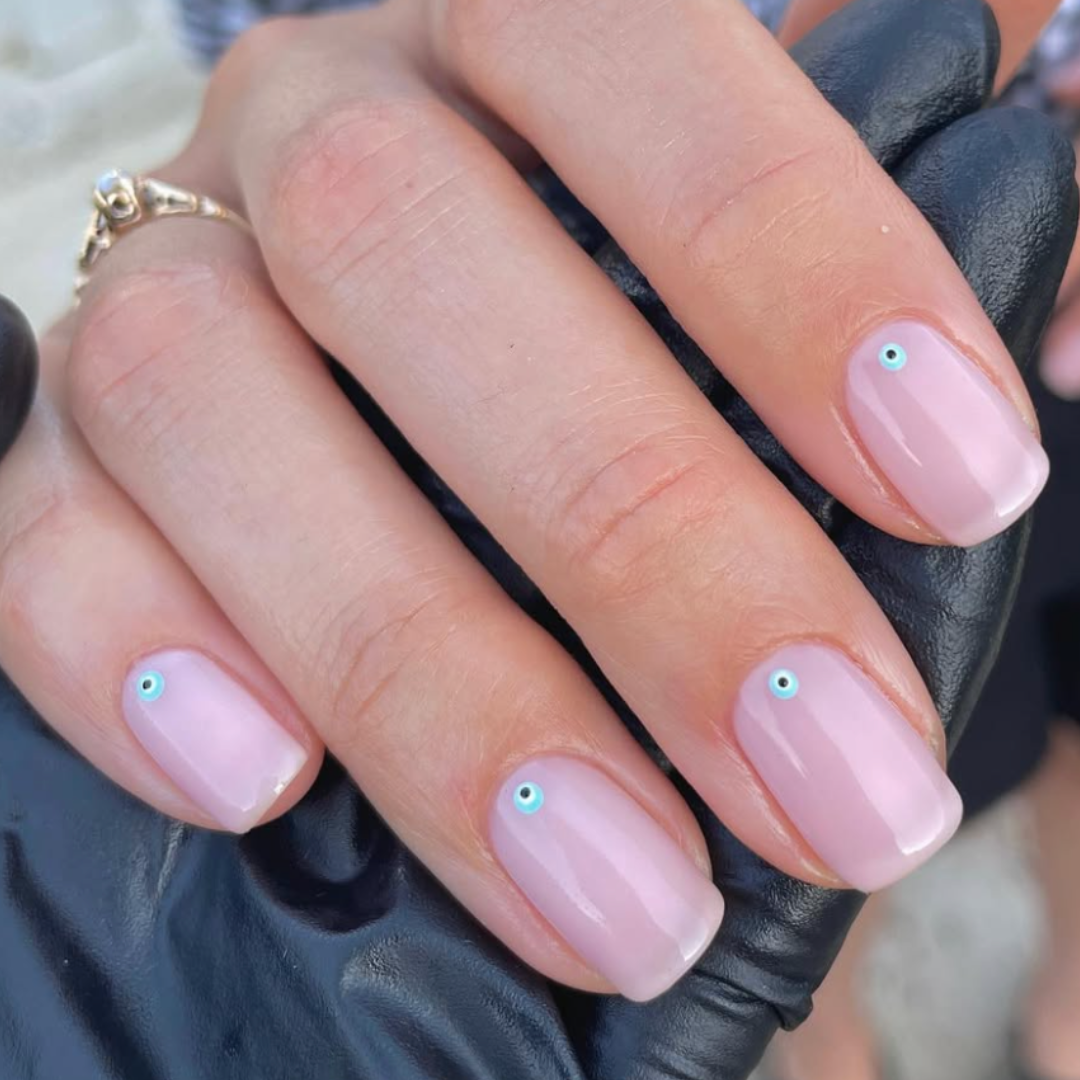 I was in a rut until I discovered micro nail art—it's elegant, dainty, and so personalisable
I was in a rut until I discovered micro nail art—it's elegant, dainty, and so personalisablePlus, all the inspiration you need...
By Nessa Humayun
-
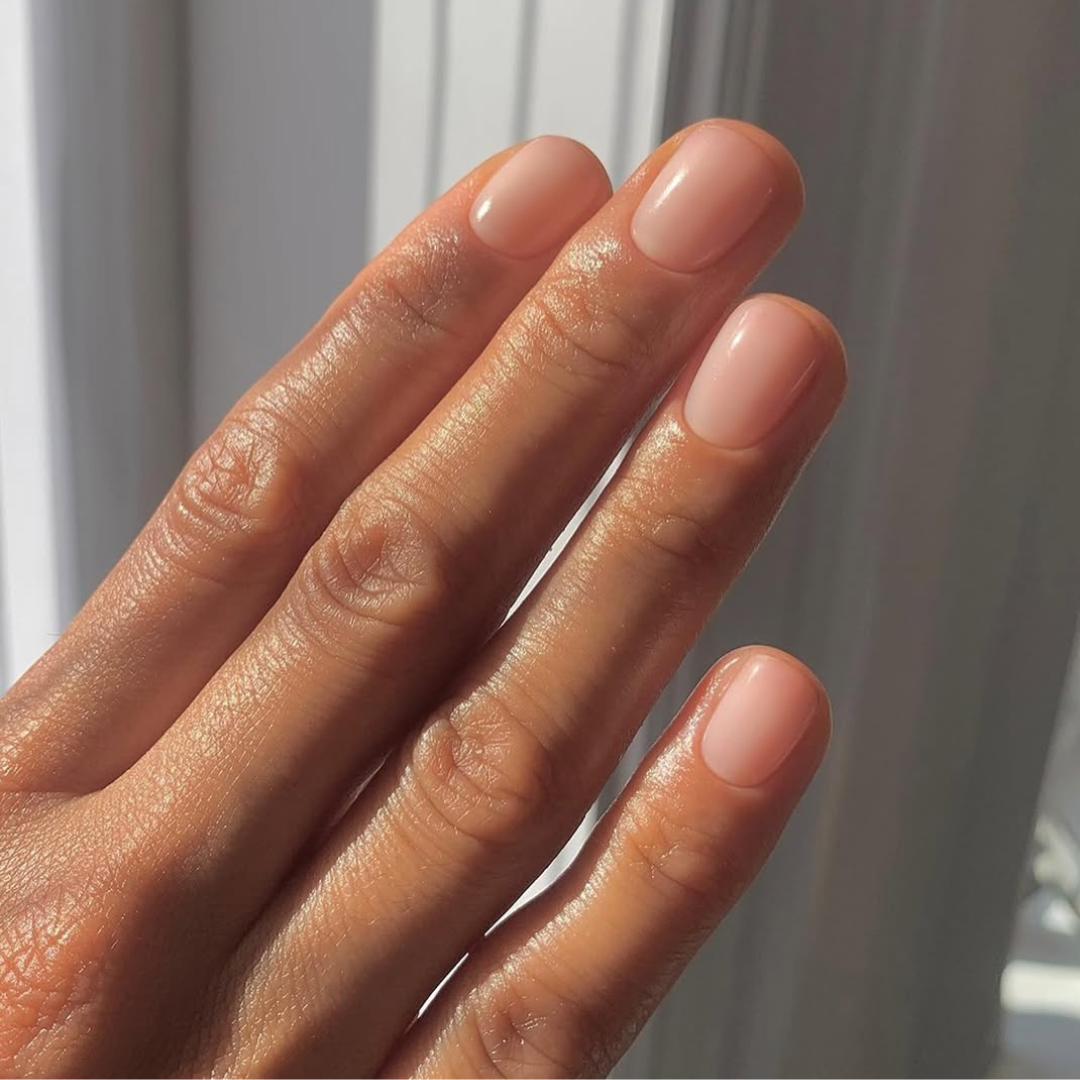 Every beauty editor I know is obsessed with the naked manicure—it's clean, precise and *expensive-looking*
Every beauty editor I know is obsessed with the naked manicure—it's clean, precise and *expensive-looking*Fresh and clean for spring
By Nessa Humayun
-
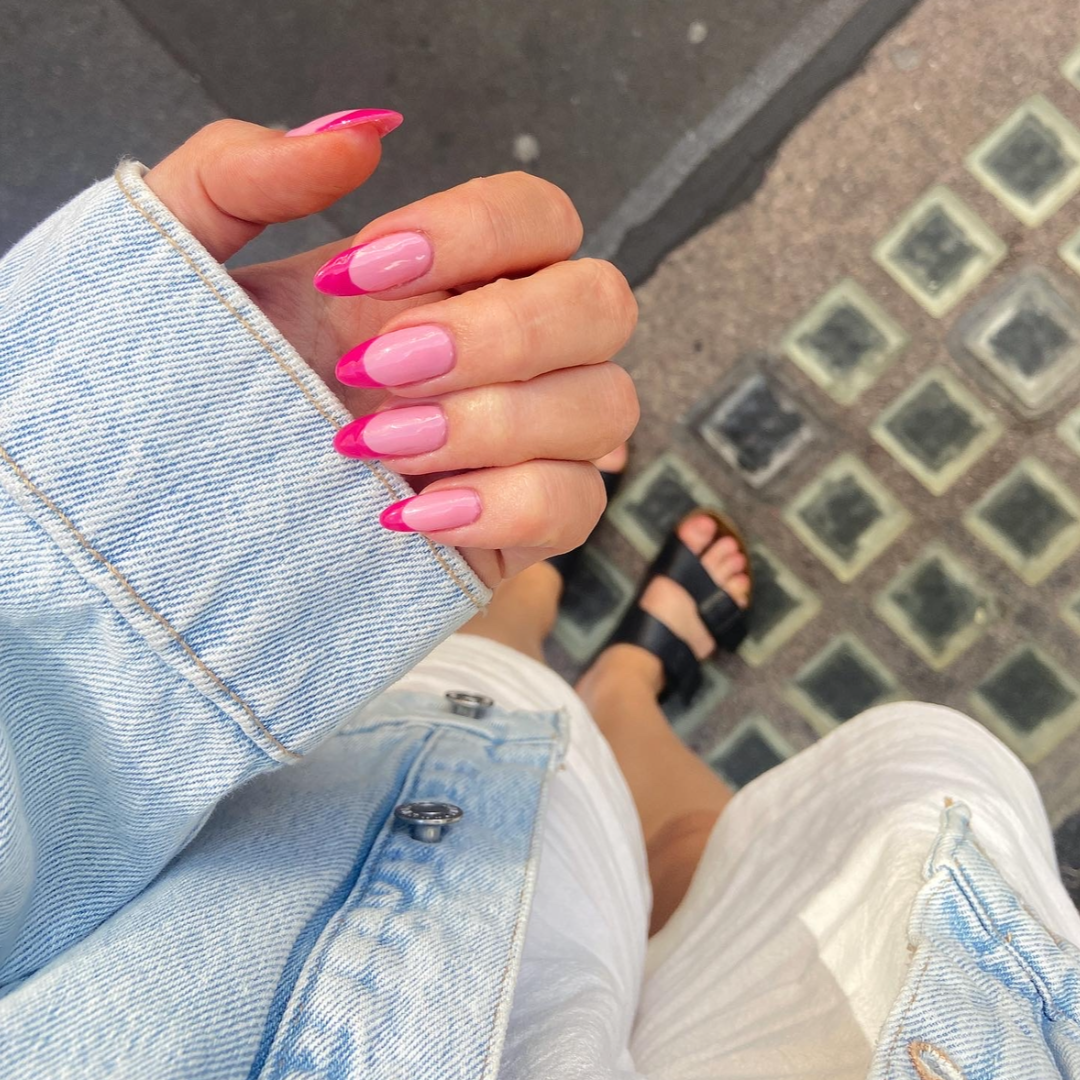 Hailey Bieber’s nail shape of choice is elongating, chic and practical—I'll never get mine done another way
Hailey Bieber’s nail shape of choice is elongating, chic and practical—I'll never get mine done another wayPlus, it suits a variety of colours
By Rebecca Fearn
-
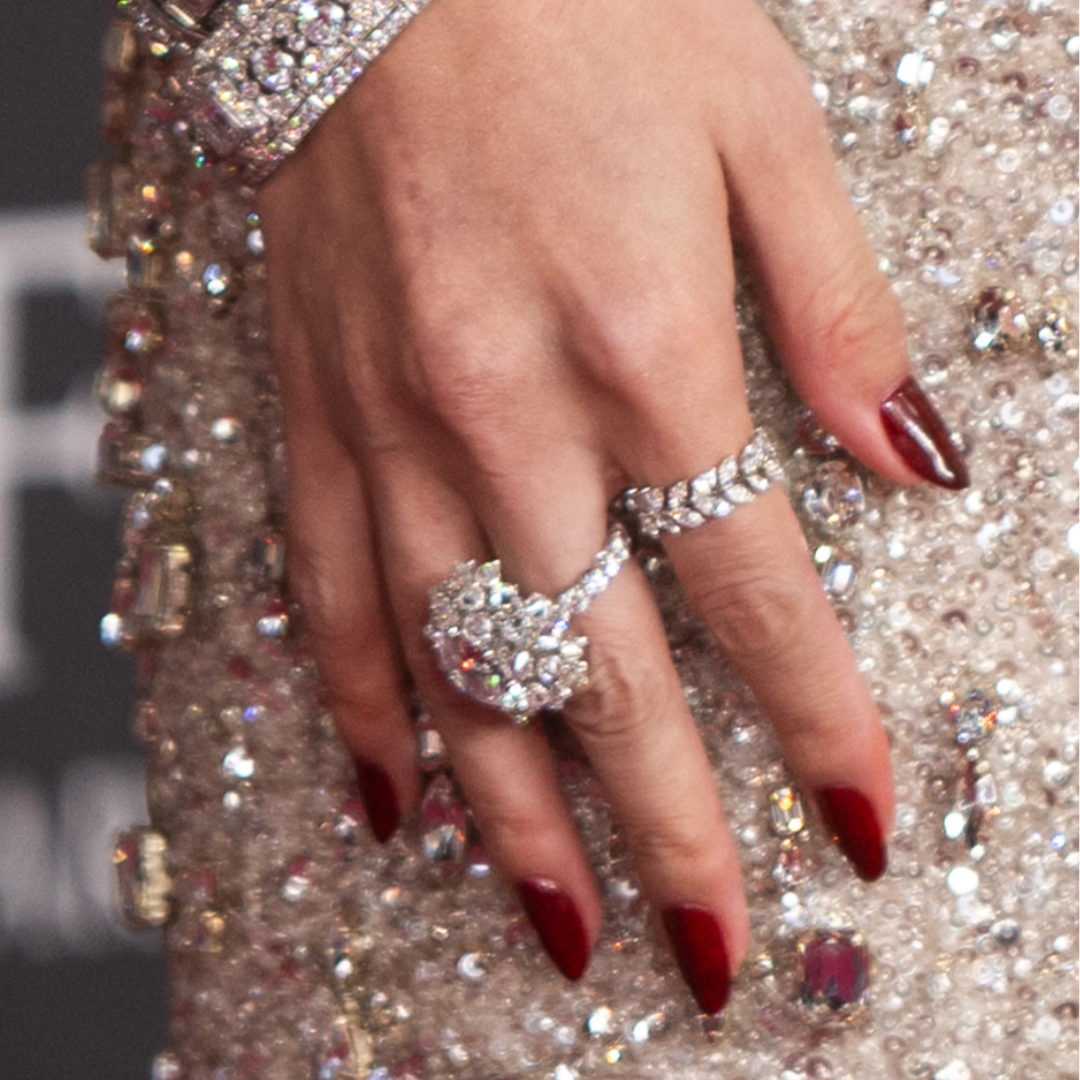 You heard it here first—this unconventional spring manicure colour is about to be everywhere
You heard it here first—this unconventional spring manicure colour is about to be everywhereIt's not what you'd expect...
By Nessa Humayun
-
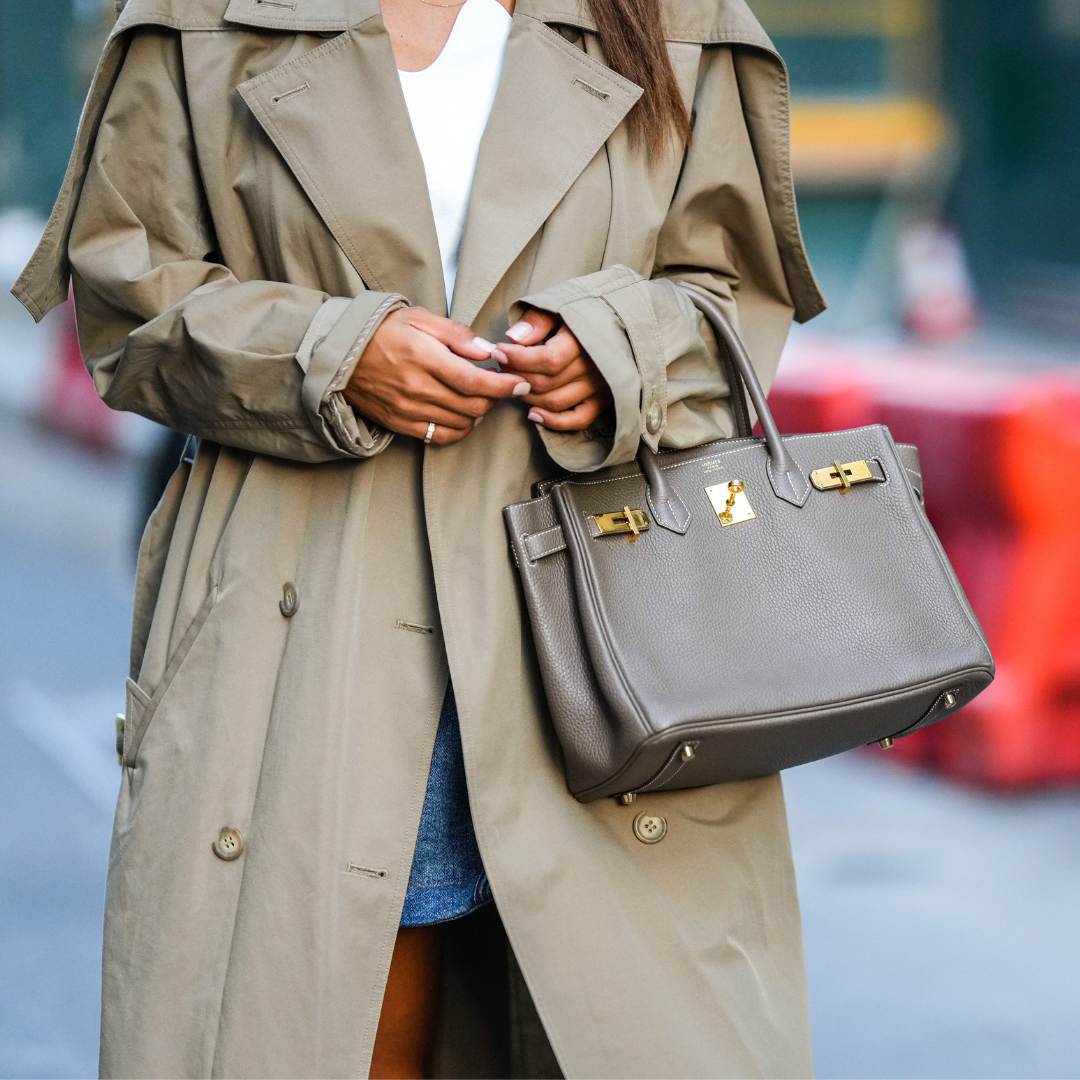 After years of gel manicures, my nails are dry, brittle and flaky—here’s what top techs advise for a total reset
After years of gel manicures, my nails are dry, brittle and flaky—here’s what top techs advise for a total resetA saviour after too many trips to the salon...
By Rebecca Fearn
-
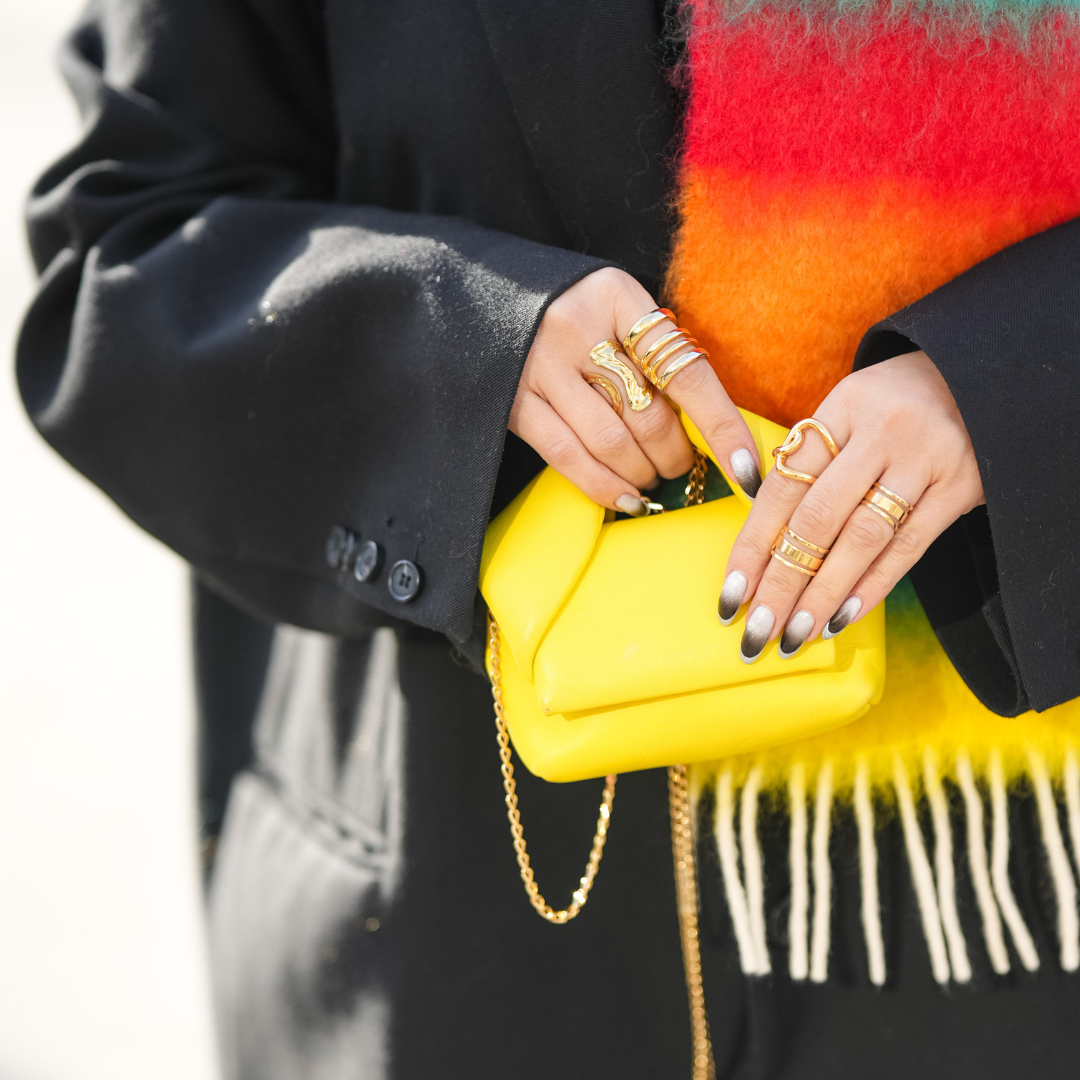 Sorry, the colourful tip is dead—all the *cool girls* are asking for this twist on the French manicure
Sorry, the colourful tip is dead—all the *cool girls* are asking for this twist on the French manicureI hate to break it to you...
By Nessa Humayun
-
 I’m calling time on brown nails—trust me when I say this expensive-looking shade is the next big trend
I’m calling time on brown nails—trust me when I say this expensive-looking shade is the next big trendSo clean, so fresh...
By Nessa Humayun
